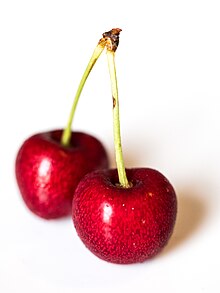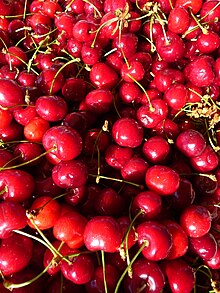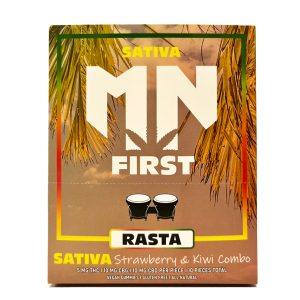**Botany and History**:
– Prunus subg. Cerasus contains true cherries with distinct characteristics.
– Cherries have historical associations with various regions and cultures.
– The word cherry originates from the Greek region Kerasous.
– Sweet cherries have been consumed since prehistoric times in Europe, western Asia, and northern Africa.
– Cherries were brought to Rome in 72 BC and to England by Henry VIII.
– Cherries arrived in North America around 1606 in the New France colony.
**Cultivation and Growing Season**:
– Sweet cherry (P. avium) and sour cherry (P. cerasus) are the main cultivated species.
– Cherries are grown in Europe and western Asia under specific conditions.
– Cherry trees take several years to produce fruit and reach maturity.
– Cherry trees require chilling hours to bloom and have a short growing season.
– Different rootstocks like Mazzard and Gisela Series are used in cultivation.
– Peak cherry harvest times vary across regions, with specific varieties ripening at different times.
**Pests, Diseases, and Care**:
– Cherry trees are susceptible to pests like black cherry aphids and cherry fruit flies.
– Diseases like bacterial canker and brown rot can affect cherry trees.
– Proper management practices are crucial for protecting cherry trees.
– Care is needed to prevent damage and ensure healthy fruit production.
– Cherries are harvested using mechanized shakers or hand-picking methods.
**Cherry Production**:
– Australia grows cherries in all states except the Northern Territory.
– Major producing regions include New South Wales, Victoria, South Australia, and Tasmania.
– Commercial varieties like Bing, Stella, and Lapins are cultivated.
– Introduction of new varieties like Staccato and Sequoia.
– Cherry production details from various sources, including statistics and specific regions.
**Nutritional Value, Health Risks, and Other Uses**:
– Raw sweet cherries are primarily water and carbs with moderate fiber and vitamin C.
– Sour cherries have higher vitamin C and A content.
– Cherry kernels contain amygdalin, which releases cyanide when ingested.
– Cherry wood is valued for furniture making due to its color and grain.
– Other uses include cherry pit oil, cherry pitter, and mahleb spice made from cherry seeds.
A cherry is the fruit of many plants of the genus Prunus, and is a fleshy drupe (stone fruit).


Commercial cherries are obtained from cultivars of several species, such as the sweet Prunus avium and the sour Prunus cerasus. The name 'cherry' also refers to the cherry tree and its wood, and is sometimes applied to almonds and visually similar flowering trees in the genus Prunus, as in "ornamental cherry" or "cherry blossom." Wild cherry may refer to any of the cherry species growing outside cultivation, although Prunus avium is often referred to specifically by the name "wild cherry" in the British Isles.
English
Etymology
From Middle English chery, cherie, chirie, from Anglo-Norman cherise (mistaken as a plural) and Old English ċiris, ċirse (“cherry”), both ultimately from Vulgar Latin ceresia, derived from Late Latin ceresium, cerasium, from Ancient Greek κεράσιον (kerásion, “cherry fruit”), from κερασός (kerasós, “bird cherry”), and ultimately possibly of Anatolian origin (the intervocalic σ suggests a pre-Greek origin for the word).





